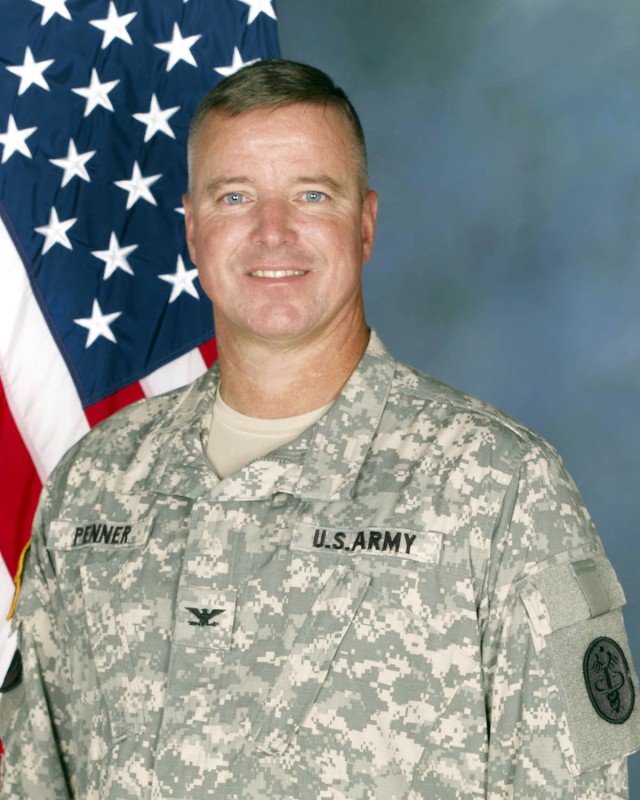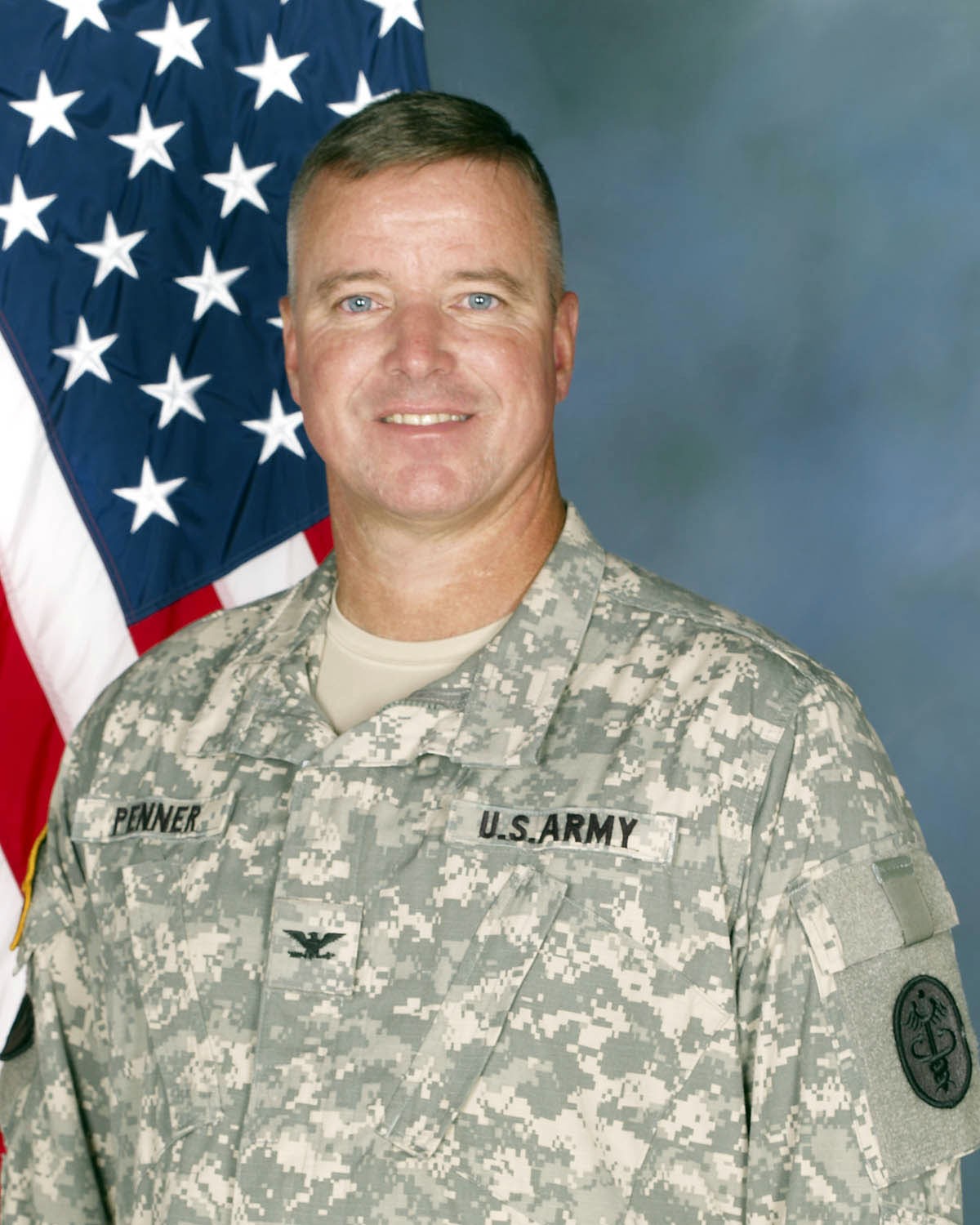Col. Jerry Penner III has been commanding Madigan Healthcare System in Tacoma, Wash., for more than two months and has been leading the way in ensuring that Madigan Army Medical Center and its outlying clinics remains a world-class facility.
He has worked with the staff to implement best practices to help improve customer service and patient satisfaction, which are a few of the major tenants of "The Baptist Health Care Journey to Excellence" guide book by Al Stubblefield. The book provides innovative tools Madigan can use to rethink how we can deliver on the business of medicine for our internal and external customers.
The following was taken from a recent blog post by Penner about the future of customer service at Madigan:
So how does Madigan Healthcare System move in the direction of improved customer service' Well, I believe the answer is pretty easy.
What are the keys to success for improving customer service'
The Baptist system looks at four main keys to success:
1. We have to build a great culture;
2. Hire and retain the best employees;
3. Train our leaders to be great and
4. We must ultimately make a commitment to service excellence.
None of these keys can be successful in isolation so therefore we must work at each of them to head us on the road to even higher success that we are enjoying today. If you look at the four tenets above, none can be successful without our focus on our most precious resource, our staff, our people.
Why the Baptist Healthcare System'
Quite frankly, it has been proven to work at literally hundreds of hospitals nationwide with the same positive result. Rather than reinvent the wheel, I just figure that if a program can be repetitiously successful, it is probably something that can and does work. We adopt best practices all the time in medicine, so it just makes sense to implement a customer service methodology that works. I'm not to proud to borrow a good concept or playbook for success. My team implemented the same system at Fort Drum, N.Y., and the organization improved its customer service from worst in the region to first in about 21 months. How can you argue with that kind of success' I just caution everyone not to expect overnight miracles. It takes time to implement the four keys to success. Patience is a virtue.
What is the key to success with this Journey to Excellence for Customer Service'
It is all about people. My first priority is to make sure our staff is the best they can be whether they be physician, nurse, technician, administrator, medic, medical support assistant, records technician, dietary technician, budget analysis, housekeeper or the myriad of other personnel we have at Madigan Army Medical Center. If they are the best they can be and we give them the right tools and abilities to do their jobs, they'll do their best to take care of patients. If we focus on our people as a priority, they will best be able to focus on our patients.
What changes do you anticipate at Madigan Army Medical Center as a result'
Madigan Army Medical Center already conducts business very well. Rarely does a day go by when I don't get a letter, phone call or get stopped by a patient in the hallway for the outstanding care one of our providers, nurses or outstanding team of teams has provided. The same applies to our staff, they complement each other routinely. However, when we have an interaction that doesn't meet that same standard, we have to examine what happened. Most of the time, we find that it is a communication issue. We are going to focus on improving that communication throughout the organization, on the wards, in the clinics and out to our community. By improving our communication as a priority, our goal will be to lessen the frustration to our staff and patients. We all benefit. Second, we're making customer service a priority. When you have world class staff, they have a deep desire to work around other positive people that have the same goals - to provide the best service for our internal customers (us) and for our external customers - out patients, Fort Lewis and our surrounding community. I hope the changes in our attitude toward customer service will be obvious to our patients in our clinics and up on our wards and to our staff as they work side by side in the delivery of healthcare or support services.
Where do you begin with such a journey'
Actually, it begins all over the organization. We need to look at our waiting areas, our phone service and etiquette, our dining facility, in our clinics, on our wards. There is always something we can do better. Maybe it is adding better signage in our facility for "Wayfinding" across the organization, or maybe it is just escorting the patient to the right place rather than just giving them directions and pointing down a hallway or to the elevator - that should be engrained in our culture. We need to absolutely "wow" our patients with how good we do things; it should not be business as usual. We're already exceeding 90 percent patient satisfaction, but with one million visits that will be conducted a Madigan this year, that means that we missed the mark nearly 100,000 times or 10 percent of those one million visits. We have to look within ourselves to improve. Where do we begin' We begin with the employee and make him/her better; we begin with the leaders/supervisors and make them better, we're even working with the senior leaders to help them think and see things differently. Regardless of where we start, it comes down to those that make up the Madigan team and the component parts of our organization at Okubo, Nisqually, and McChord Clinics, Task Force Phoenix, OMAMC Annex clinics and operations, and Troop Command, SRP site, the Refill Pharmacy, ASAP, Monterey and the Medical Center.
How exactly do we Wow our patients'
Patients aren't really impressed with business as usual. When we do something extraordinary, they say Wow! Here's a recent Madigan example. I visited the family of a dying patient in one of our ICUs a couple weeks ago. It was a tough situation as everyone was aware that this young man was going to die to include the family. The mother of this service member took the time to tell me how impressed she was with the compassion our staff dedicated toward her son. In her words "The nursing staff held his hand, talked compassionately to him on every visit into his room. We couldn't have asked for better care." It wasn't the world class, technologically advanced healthcare he was receiving that made her go "Wow"--- it was the compassion. The extraordinary care team of professionals in that ICU hit a homerun with that family and they will never forget it, nor will I. A wise, mature Colonel down in family practice (Diane Flynn, Medicine Woman) told me a couple weeks ago that "Care with Compassion" is not our motto, it is our culture." I would submit to you, that she was absolutely spot on with her comment. It should be our culture when we deal with patients, staff and visitors every day. Here's my final comment, when this day comes to close and just before you close your eyes, I want you to ask yourself what you did to make a co-worker, volunteer, subordinate, supervisor, patient or visitor say "Wow" while they were in your workplace today' - If you can't answer the question, then ask yourself what you will change in your "business as usual" to make someone say "Wow" tomorrow. Remember, if the Madigan Healthcare System is to live up to our vision of being the best on the planet, then "Wow" is should be our "business as usual."


Social Sharing